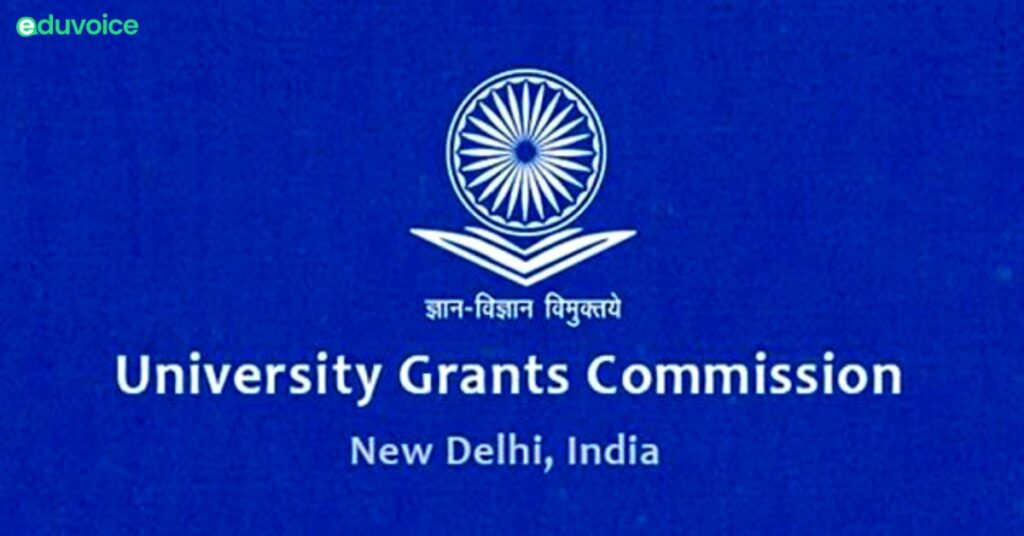The Preamble to the UGC’s Draft Regulations 2023 allowing campuses of foreign higher educational institutions (FHEIs) in India states that the policy aims to “facilitate the entry of” FHEIs, specifically the “higher-ranked” ones, in India. The underlying assumption is that top-ranked universities abroad are waiting desperately to come to India, and all they needed was this unlocking of the regulatory key.
This assumption might be mistaken. Attracting globally reputed universities requires an ecosystem and not merely a legal green signal. Higher education is a complex intellectual apparatus, and the Draft Regulations look at it as a licensing exercise, ignoring the spirit of the National Education Policy 2020. The deviation from the top 100 to 500 universities, further diluting it to subject-wise global rankings and losing focus on “internationalisation at home” is a case in point. We offer some remarks on why this effort will not fly and what should be done to fix it.
One, the global experience in this regard is very underwhelming. The Cross-Border Education Research Team (C-BERT) database reveals that as of 2020, there are 37 countries which have “imported” FHEIs (306 campuses overall), of which the largest number of campuses are in China (42), UAE (33), Singapore (16), Malaysia (15) and Qatar (11). In China, barring NYU Shanghai, none of the other FHEIs come from top-ranked global universities. There are a few but they are either joint centers (like Tsinghua-UC Berkeley Shenzhen Institute, University of Michigan-Shanghai Jiao Tong University Joint Institute, etc.) or universities set up in collaboration with existing Chinese universities (for example Duke-Kunshan University). In Malaysia too, not a single FHEI is ranked above 100 in the world university ranking.
Two, the reputed FHEIs are very careful about their branding and perception, built over long periods, through the evolution of a certain organisational and research culture. It is this institutional culture that gives them currency. They are aware of how difficult it is to transfer cultures across borders.
Three, and connectedly, universities in the West are coveted, not just because of their on-campus experience but also because of the charm of living in the Western world for a student. The entire learning experience is enhanced considerably by the city, country, and social ecosystem that the student becomes part of and absorbs from. Also, opportunities for internships and tenure jobs after completing education are great attractions for the student. FHEIs in India will not be able to offer anything like that.
Four, we need to recognise that the top-ranked universities are not really desperate for funds. That is why, despite being offered all kinds of incentives like tax cuts and establishing funds to the incoming FHEIs by resourceful countries like Qatar, the UAE, and Singapore there are hardly any reputed universities that have entered there (NYU, Texas A&M, Cornell, Northwestern are the only top names). These universities are not obsessed with student admissions either. Students’ fees form only a tiny proportion of their total revenues, which majorly relies on endowments, investments, and research funds. Securing such huge research funds from their home countries to be spent on Indian soil is not an easy task.
Five, there is always uncertainty surrounding regulatory practices in India even for foreign businesses, let alone FHEIs. Policies and rules are often knee-jerk in nature, giving little confidence to foreign players to make long-term investments without keeping a risk premium in mind. No doubt, this has been changing in the last few years, but the problem is more acute in the higher education sector. The Foreign Higher Education Bill 2010, for instance, lapsed. Even the proposed UGC Draft Regulations 2023 is silent on so many aspects. This risk is too burdensome to bear.
What could be done, then? As the first step, the government could strengthen NEP 2020 recommendations regarding “internationalization-at-home” by empowering HEIs to bring in more foreign students. Enabling foreign universities and their research centres to build deeper and more meaningful collaborations with HEIs is also necessary. Ideally, the starting point should be to set up campuses as joint ventures in collaboration with top-ranked HEIs and enable faculty and student mobility. Such partnerships will also help build powerful synergies for the future.
A connected, viable idea is that of setting up Education Excellence Zones (EEZs) and International Universities — a proposal floated by one of the authors when he was convening the Promotion of Indian Higher Education Abroad (PIHEAD), UGC, in 2005. This would allow the clustering of knowledge production to happen in India, and FHEIs could be invited into these very EEZs for true inter-university excellence, interdependence, and competition. PIHEAD’s report offers a detailed roadmap to adopt a strategy that can very well suit the needs of this proposed transformation in the Draft UGC Regulations 2023.
For More Such Articles, News Update, Events, and Many More Click Here






